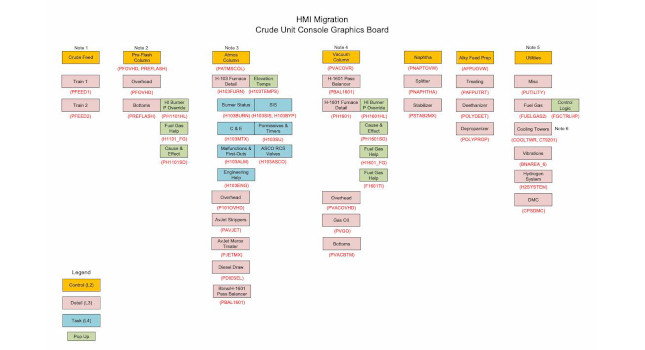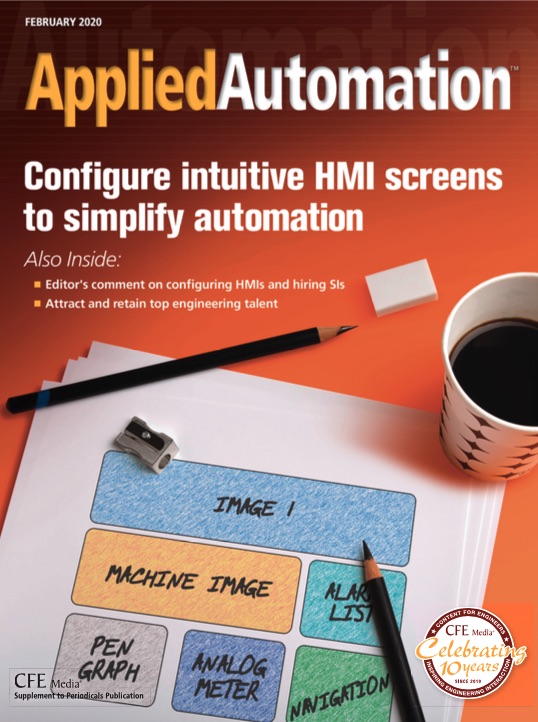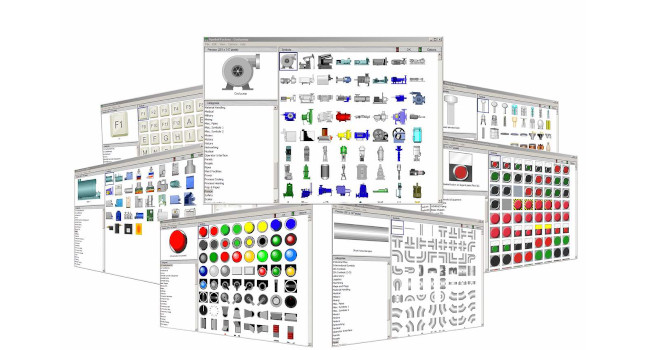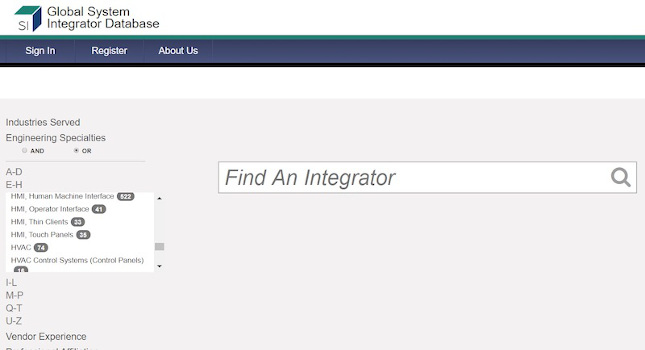Most plant engineers don't give much thought to the heaters operating within their processes and applications — unless those heaters fail, need maintenance or cause other problems. Heaters play an integral role in many applications, so heater problems can easily snowball and lead to much larger headaches.
Most plant engineers don’t give much thought to the heaters operating within their processes and applications — unless those heaters fail, need maintenance or cause other problems. Heaters play an integral role in many applications, so heater problems can easily snowball and lead to much larger headaches.
Following a few simple guidelines not only reduce the likelihood of heater-related issues, but can actually have a significant positive impact on the efficiency of systems and reduce maintenance requirements and costs.
Here are 10 ways to maximize a heater’s service life and performance.
Tip 1: Guard against heater contamination.
Contamination is the most frequent cause of heater failure. As heaters expand and contract during cycling, they often draw in organic or conductive materials, which can lead to an arcing failure between individual heater windings or between heater windings and the electrically-grounded outer heater case. If allowed to collect at the lead end of a heater, contaminants can also cause electrical shorts between power pins. It’s important to keep lubricants, oils, low-temperature tapes or processing materials out of contact with the lead end of the heater. One solution is to employ moisture seals.
Tip 2: Protect leads from damage by high temperatures and excessive movement.
Standard fiberglass-insulated lead wire may be used in applications with ambient temperatures up to approximately 500
When heaters are mounted in moving machinery, it’s essential to anchor the leads to prevent them from being damaged. Specify a lead protection option.
Tip 3: Heater selection and sizing are important. Match a heater’s wattage as closely as possible to the application’s actual load requirements to limit on/off cycling (see Tip 7). For fitted-part applications, specify the hole or other application feature size such that the heater can be appropriately sized to optimize the fit (size relationship between the heater and the application feature). A tight fit minimizes air gaps and reduces the instances of hot spotting
Tip 4: Ground the equipment.
It’s common sense and a safe practice to electrically ground all equipment on which the heater is used. Grounding protects plant and personnel in case of any electrical failure in the heating system.
Tip 5: Regulate voltage.
Ensure that a heater’s rated voltage matches the available voltage supply. Wattage increases (or decreases) at the square of the change in voltage applied to a heater. For example, a heater rated for 120V, 1000W connected to a 240V supply will generate four times the rated wattage output or 4,000W. This will cause a heater to fail fairly quickly, and may cause significant damage to the attached equipment.
Tip 6: Prevent excessive cycling.
Excessive cycling can be very detrimental to the life of a heater. The worst cycle rate is one that allows full expansion and full contraction of the heater at a high frequency (approximately 30 to 60 seconds on and off). This problem can be eliminated by using SCR controls with either zero-cross or phase-angle firing, operating on a variable time base of less than one second. A solid state relay using SCRs operates on a one-second time base. This reduces the temperature difference between the overshoot and droop points and increases the life of the heater. The life-shortening effects of cycling can also be nearly eliminated by using solid-state controls with voltage or time-proportioning outputs. Even with simple on/off controls, much less frequent cycling can be achieved by closely matching the total wattage to the actual requirements.
Tip 7: Ensure that the sheath material and watt density ratings are compatible with the material being heated.
This is absolutely critical to ensure long heater life and healthy processing equipment. When heating solids (such as metals), the operating temperature and heater-to-part fit determine sheath material and watt density choices. Carbon steels, aluminum and silicone rubber are fine for lower temperatures (a few hundred degrees). As temperatures increase beyond this point, sheath material choices become limited to galvanized or stainless steels and other higher temperature metal alloys. As temperature also increases, the watt density must decrease accordingly, otherwise the internal resistance wires will oxide quickly and fail prematurely. A good heater-to-part fit ensures proper heat transfer and does not force the resistance wires to overheat. For gas heating, the gas itself, the operating temperature and flow rates dictate what sheath material and watt density can be used.
For example, you can run higher watt densities when heating hydrogen versus nitrogen, but hydrogen requires Incoloy 800 sheaths, whereas 304 Stainless Steel will work for many nitrogen applications. Also, increasing the flow and turbulence across the heater elements means better heat transfer so watt density values can be raised.
For liquid heating, the prime driver for materials and watt density selection is the fluid material and flow rate. Water can easily handle 60 to 100W/in2 using a copper sheath, whereas a 50/50 water/glycol mix can only handle 30 W/in2 and must use a steel sheath material.
Tip 8: Mount immersion tank heaters horizontally near the tank bottom.
Placing heaters horizontally and near tank bottoms maximize convective circulation. Vertical mounting is only advisable when limitations, such as space restrictions, prohibit horizontal orientation. Whether a heater is mounted horizontally or vertically, it is essential that it’s located high enough to be above any sludge and debris buildup in the bottom of the tank.
Likewise, for both mounting methods, the entire heated length of the heater must be immersed at all times – which is one reason vertical mounting is often not recommended. It is also important to avoid locating heaters in restricted spaces which limit convective flow and where free boiling or steam traps could occur.
Tip 9: Prevent build-up and sludge on the heater elements.
Scale, coking and sludge build-up on heater sheaths must be minimized. If not periodically removed or at least minimized, they will inhibit heat transfer to the liquid. This causes the heater elements to operate at higher temperatures and lead to early heater failure. Extreme caution should also be taken not to get silicone lubricant on the heated section of a heater. Silicone will prevent the “wetting” of the sheath by the liquid, act as an insulator, and possibly cause the heater to fail.
Tip 10: Ensure proper, tight temperature control and safety limit protection.
Matching the proper temperature control system to the heaters is imperative to the performance and life of your heaters. Each process application should at a minimum have a process temperature sensor (senses the material heated) and a limit sensor (senses the heater sheath temperature). The process sensor should be either immersed directly into the material to be heated or snugly fit into a well inserted into the fluid itself.
For safety, two separate control systems should be used: one for process temperature control and one for hi limit control. PID type process temperature control will offer much more stable temperature control and faster response than on/off switching type controls or thermostats. The trade off is that PID control is often more expensive that on/off types and not necessary for applications where accuracy in temperature control is not needed.
Website: www.watlow.com
| Author Information |
| Rich Hartfelder is Product Manager, Process Heating & Control, at Watlow. He has mechanical engineering and business administration degrees and has been with Watlow for almost 20 years in technical support, training and marketing functions. Rich can be reached at (314) 628-4196, or [email protected] |



